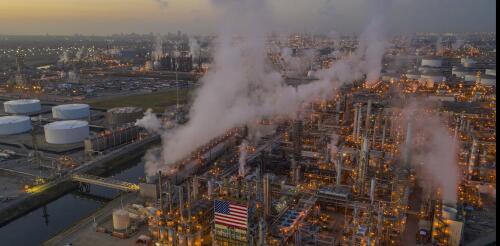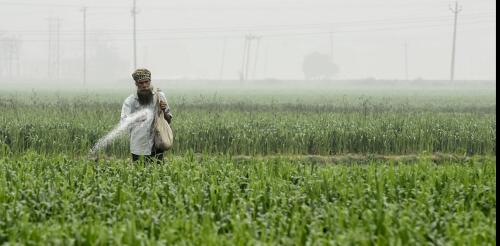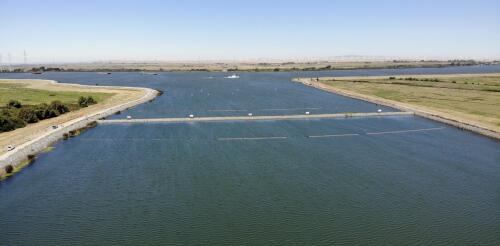environment
Leia em português. Many of the world’s largest public and private companies will soon be required to track and report almost all of their greenhouse gas emissions if they do business in California – including emissions from their supply chains, business travel, employees’ commutes and the way customers use their products. That means oil and gas companies like Chevron will likely have to account for emissions from vehicles that use their gasoline, and Apple will have to account for materials that go into iPhones. It’s a huge leap from current federal and state reporting requirements, which require reporting of only certain emissions from companies’ direct operations. And it will have global ramifications. California Gov. Gavin Newsom signed two new rules into law on Oct. 7, 2023. Under the new Climate Corporate Data Accountability Act, U.S. companies with annual revenues of US$1 billion or more will have to report both their direct and indire...
Feeding a growing world population has been a serious concern for decades, but today there are new causes for alarm. Floods, heat waves and other weather extremes are making agriculture increasingly precarious, especially in the Global South. The war in Ukraine is also a factor. Russia is blockading Ukrainian grain exports, and fertilizer prices have surged because of trade sanctions on Russia, the world’s leading fertilizer exporter. Amid these challenges, some organizations are renewing calls for a second Green Revolution, echoing the introduction in the 1960s and 1970s of supposedly high-yielding varieties of wheat and rice into developing countries, along with synthetic fertilizers and pesticides. Those efforts centered on India and other Asian countries; today, advocates focus on sub-Saharan Africa, where the original Green Revolution regime never took hold. In this Oct. 25, 2000, episode of the television drama ‘The West Wing,’...
In August 2023, residents of Juneau, Alaska, watched as the Mendenhall River swelled to historic levels in a matter of hours. The rushing water undercut the riverbank and swallowed whole stands of trees and multiple buildings. The source for the flood was not heavy rainfall – it was a small glacial lake located in a side valley next to the Mendenhall Glacier. Glacier-dammed lakes like this are abundant in Alaska. They form when a side valley loses its ice faster than the main valley, leaving an ice-free basin that can fill with water. These lakes may remain stable for years, but often they reach a tipping point, when high water pressure opens a channel underneath the glacier. The rapid and catastrophic drainage of lake water that follows is called a glacial lake outburst flood, or GLOF for short. The flood waters race downstream over hours or days and often hit unexpectedly. Suicide Basin, a glacier-dammed lake, has flooded the Mendenhall River...
Seawater intrusion is the movement of saline water from the ocean or estuaries into freshwater systems. The seawater that has crept up the Mississippi River in the summer and early fall of 2023 is a reminder that coastal communities teeter in a fragile land-sea balance. Fresh water is essential for drinking, irrigation and healthy ecosystems. When seawater moves inland, the salt it contains can wreak havoc on farmlands, ecosystems, lives and livelihoods. I am a coastal hydrogeologist and have studied water across the land-sea interface for 25 years. I think of seawater intrusion as being like a seesaw: The place where fresh water and salt water meet is the balance point between forces from land and forces from the sea. A push from the land side, such as heavy rainfall or high river flows, moves the balance point seaward. A push from the sea side – whether it’s sea-level rise, storm surge or high tides – moves the balance point landward. Droughts or heavy us...
Lego, the world’s largest toy manufacturer, has built a reputation not only for the durability of its bricks, designed to last for decades, but also for its substantial investment in sustainability. The company has pledged US$1.4 billion to reduce carbon emissions by 2025, despite netting annual profits of just over $2 billion in 2022. This commitment isn’t just for show. Lego sees its core customers as children and their parents, and sustainability is fundamentally about ensuring that future generations inherit a planet as hospitable as the one we enjoy today. So it was surprising when the Financial Times reported on Sept. 25, 2023, that Lego had pulled out of its widely publicized “Bottles to Bricks” initiative. This ambitious project aimed to replace traditional Lego plastic with a new material made from recycled plastic bottles. However, when Lego assessed the project’s environmental impact throughout its supply chain, it found that producing...




